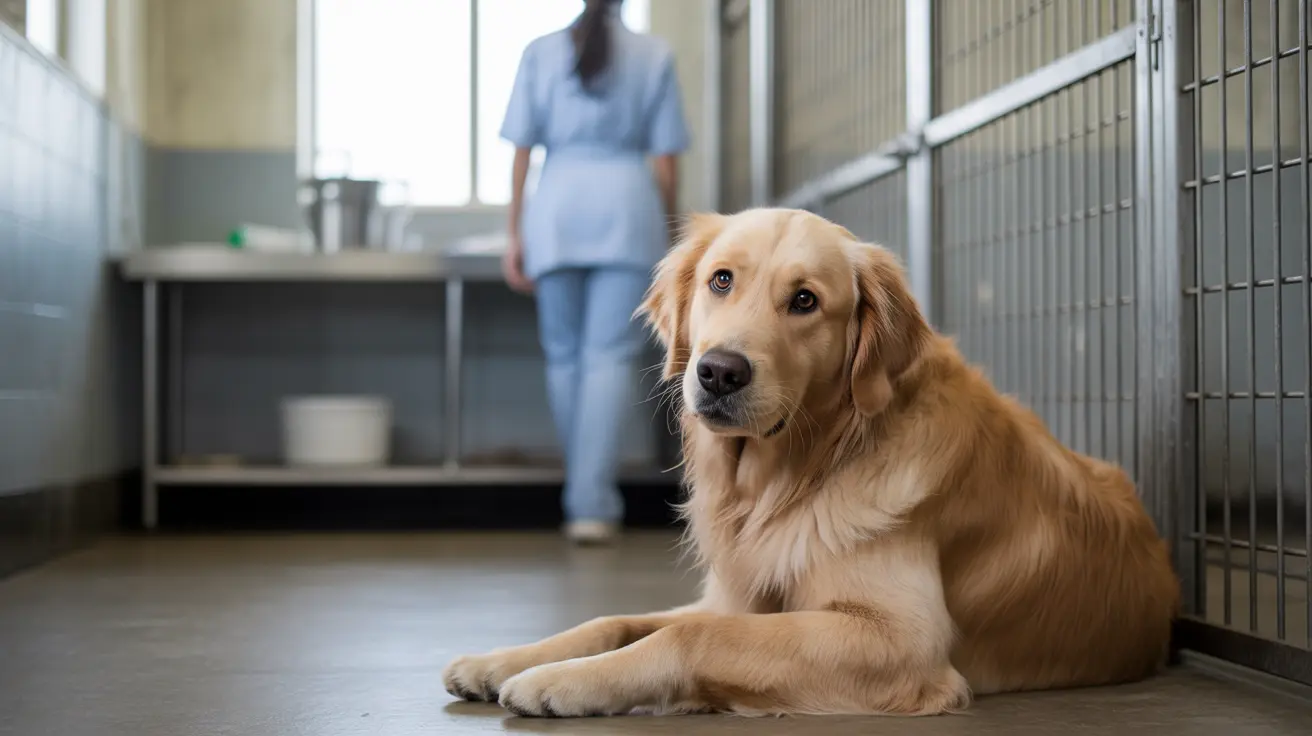Understanding the Cost of Spaying a Dog at PetSmart
Spaying your dog is a responsible step in pet ownership, with benefits ranging from preventing unwanted litters to reducing the risk of certain health issues. PetSmart partners with veterinary services like Banfield Pet Hospital to offer spaying services, but the cost can vary significantly depending on various factors.
What Is Spaying?
Spaying, or ovariohysterectomy, is a surgical procedure performed on female dogs that involves the removal of the ovaries and uterus. This procedure permanently ends the dog's reproductive capabilities and eliminates heat cycles. Alternate but less common methods include ovariectomy (only ovaries removed) or hysterectomy (uterus only).
Average Cost for Spaying a Dog
- Private Veterinary Clinics: $400–$700+
- Low-Cost Clinics: $100–$300
- Humane Societies/Shelters: Less than $150
- Nonprofit Services: As low as $105 with income-based assistance
PetSmart’s associated clinics fall within the private practice category. Therefore, the spaying procedure can generally be expected to cost between $200 to $700 depending on the clinic’s location, your dog's characteristics, and the services included in the package.
What’s Included in the Price?
- Pre-operative exam ($50–$250)
- Blood work ($80–$200)
- Pre-anesthetic sedation ($120–$140)
- General anesthesia
- IV catheter and fluid therapy ($60–$75)
- Pain management drugs ($40–$80)
- Elizabethan collar ($12–$40)
- Surgical aftercare and follow-up appointments
Higher fees may apply for special circumstances such as:
- Large or giant breed dogs (more sedation and resources required)
- Dogs in heat or pregnant (additional $25–$150)
- Pre-existing health conditions
- Special breed considerations (e.g., brachycephalic dogs)
How to Minimize Costs
- Seek out low-cost or nonprofit clinics
- Use shelter or rescue services that include spaying
- Apply for income-based vouchers or assistance programs
- Check for inclusive wellness plans at your veterinary clinic
Medical and Behavioral Benefits of Spaying
Spaying offers multiple health benefits, including:
- Eliminates the risk of pyometra (uterine infection)
- Prevents ovarian and uterine cancers
- Reduces risk of mammary tumors if done early
- Prevents messy and frequent heat cycles
- Can reduce unwanted behaviors related to reproduction
Studies also show that spayed dogs generally live longer than unspayed pets.
Risks and Considerations
While spaying is routine, some complications may occur, including:
- Anesthetic reactions
- Infection or bleeding
- Postoperative weight gain
- In rare cases, urinary incontinence
For large breeds, especially, the timing of the surgery is important as early spaying might be associated with an increased risk of joint issues or certain cancers. Discuss the right age with your vet, especially if your dog is over 45 pounds when fully grown.
Age Guidelines
- Small Breeds: Spay before first heat (around 5–6 months)
- Large Breeds: Consider spaying between 9–15 months
Recovery After Spaying
Most dogs recover quickly, going home the same day. The recovery process includes:
- Limited physical activity (10–14 days)
- Wearing a cone to prevent incision interference
- Observation for any signs of complications like redness, discharge, or swelling
- Follow-up check-up if needed
Additional Tips
- Ensure vaccinations are current prior to surgery
- Rabies shots may be included in the surgery bundle if not already administered
- Ask your vet about any bundled preventative care options or discounts
PetSmart offers access to comprehensive facilities through Banfield Pet Hospital, providing reliable spaying services. However, always verify the services included and compare with local clinics to find the best and most cost-effective option for you and your pet.





